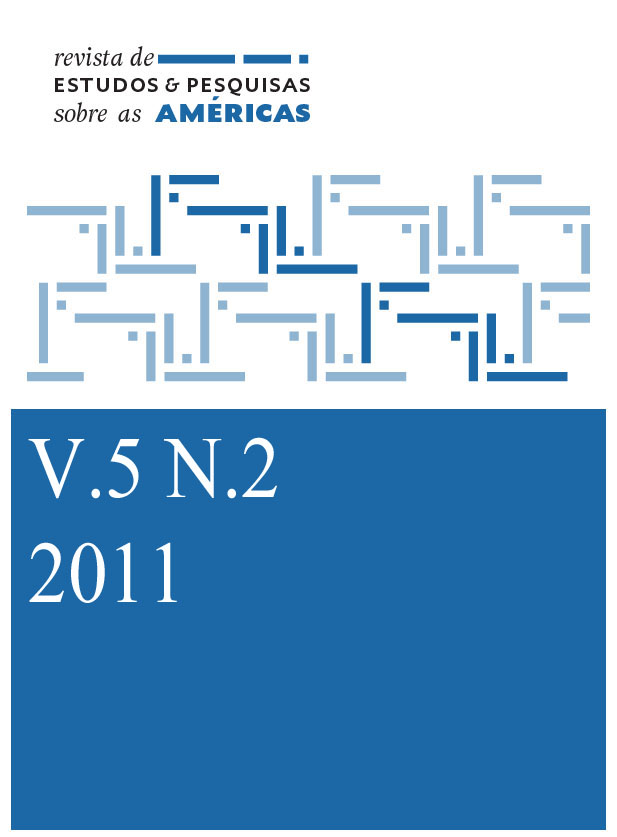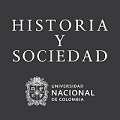De Sandino aos Contras: Formas e práticas da guerra na Nicarágua
Keywords:
Nicaragua. Sandinism. Democracy. Sovereignty. Guerrilla.Abstract
From 1978 to 1987 the political life in Nicaragua was marked by the predominance of armed conflicts. Far from being atypical moments in last century's Nicaraguan history, the two wars often seem like a sequence or a remake of actions that were first attested in the beginning of the century, during the conflicts between liberals and conservatives, specially in the course of Augusto César Sandino's uprising against general Emiliano Chamorro, from 1927 to 1934. The analysis of the Central American wars in the second half of the 20th century presents, for a long time, the opposition of the guerrilla groups praxis against the ones of the regular armed forces. This was originated from the refusal of the dominant groups in allowing subordinate groups to have higher positions.The other guerrilla aimed,in a strict sense, for the conservation of the established order. Theywould become perfectly antagonisticfrom then on. The study of the Nicaraguan civil wars requires different approaches. From the beginning of the 20th century, besides the constitutional references of a liberal democratic model, the references of order and violence are in the heart of the Nicaraguan political experience.
Downloads
Downloads
Published
How to Cite
Issue
Section
License
The published material is the property of the Journal, and may be reproduced in whole or in part with indication of the source.
Copyright: Authors will be responsible for obtaining the copyright of the material used. Authors who publish in this journal agree to the following terms:
a)Authors retain the copyright and grant the journal the right of first publication, with the work simultaneously licensed under
the Creative Commons Attribution License which allows the sharing of work with acknowledgment of authorship and initial publication in this journal.
b) Authors are authorized to take additional contracts separately, for non-exclusive distribution of the version of the work published in this journal (eg, publish in institutional repository or as a book chapter), with acknowledgment of authorship and initial publication in this journal.
c) Authors are allowed and encouraged to publish and distribute their work online (eg in institutional repositories or on their personal page) at any point before or during the editorial process, as this can generate productive changes as well as increase the impact and the citation of the published work (See The Effect of Free Access).
















